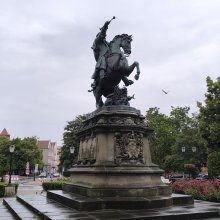
Last time we discovered the old town of Gdańsk – now let’s move forward! When you leave the Long Street on its other end, you will pass under Brama Złota (Golden Gate), which is maybe the most famous one among the dozens of gates in the city with its shining, bright colors and motifs.
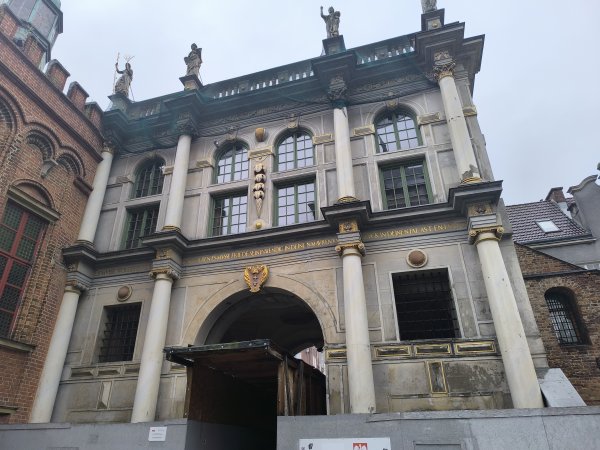
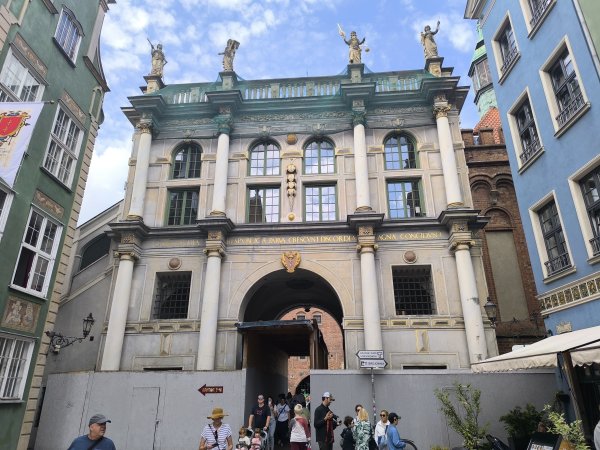
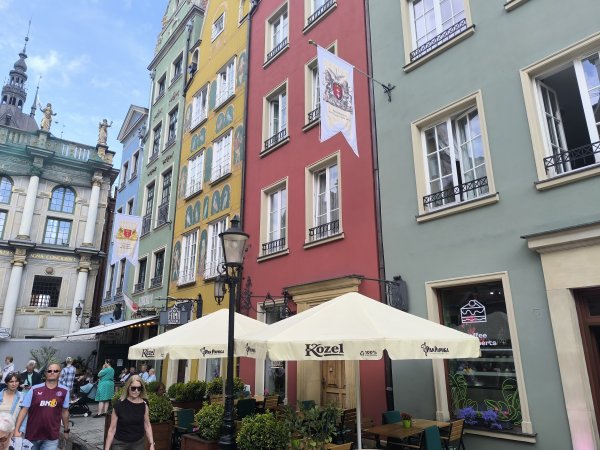
This route leads to the edge of the historical town and the modern city center, while we will see another gate called Brama Wyżynna ('Highland Gate'). I would also like to mention the Great Armoury (Wielka Zbrojownia), a rich and decorative building in the downtown with pink and golden shades.
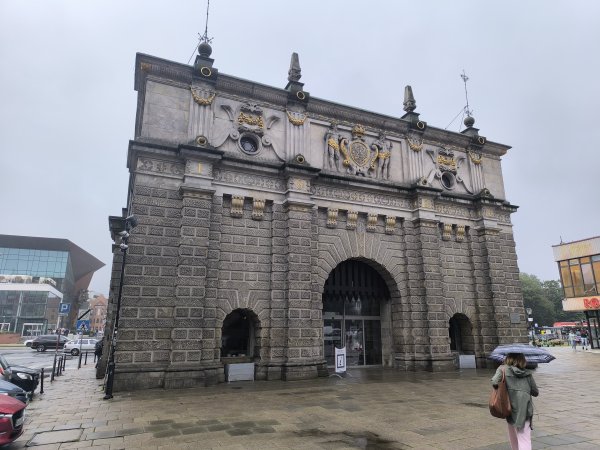
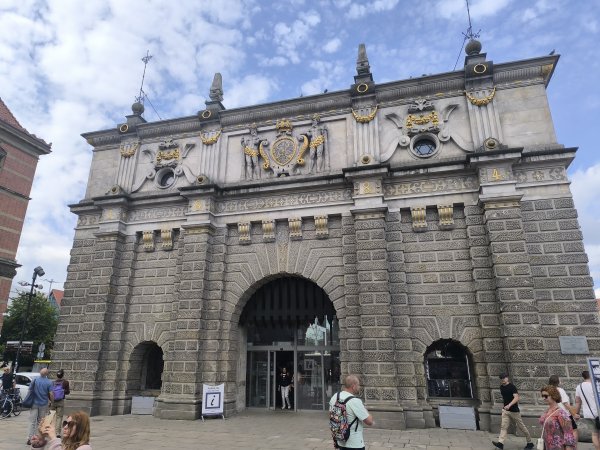
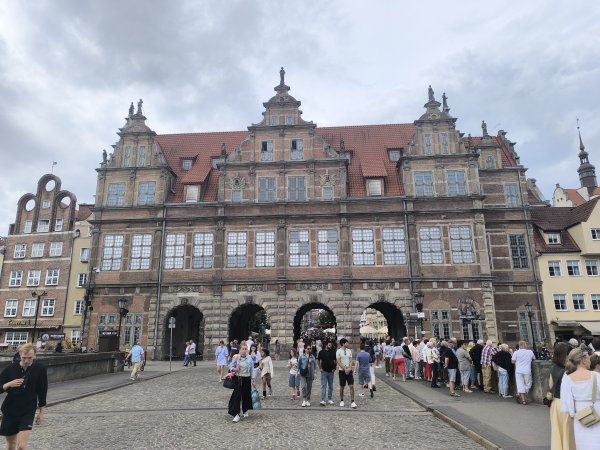
The avenue and its trams head towards the main railway station and pass by the Old Town Hall (Different from Ratusz, which is the Main City Hall). It is worth to have a walk not so far from the station, because then you will be able to climb up to the City Hill (Góra Gradowa).
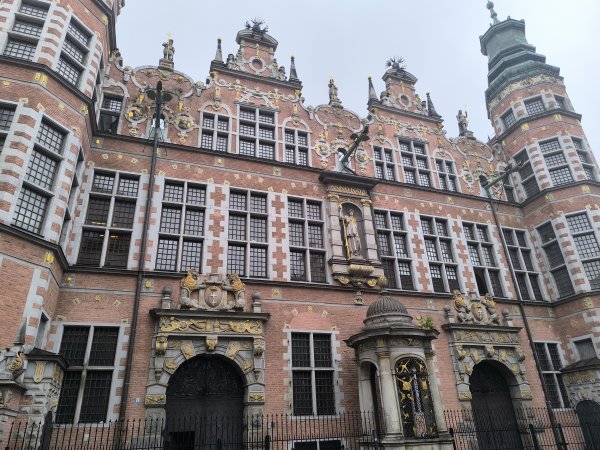
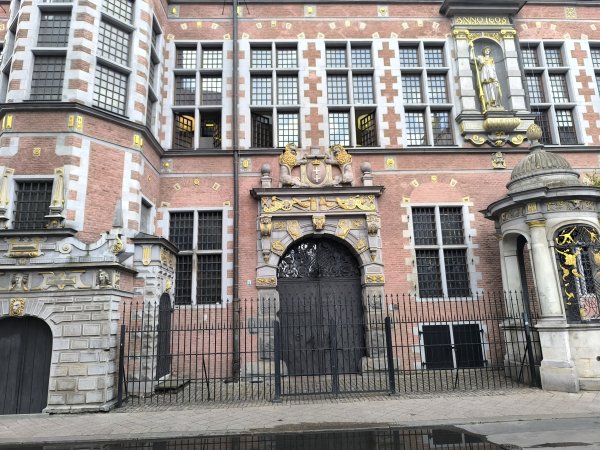
In general, the whole area of the city is flat, but exactly that is why the hill is an exceptional gift for the city. Although it is not so high, the fact that the average surface is low and closer to the sea level, everything is visible from the hill to the horizon and the sea: church towers, office buildings, rooftops, cranes, factory chimneys and so on.
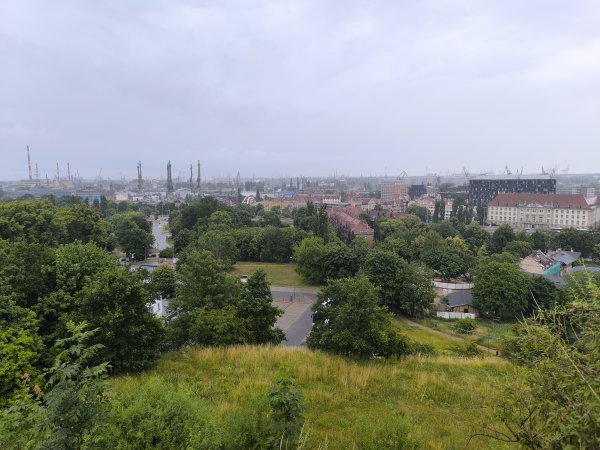
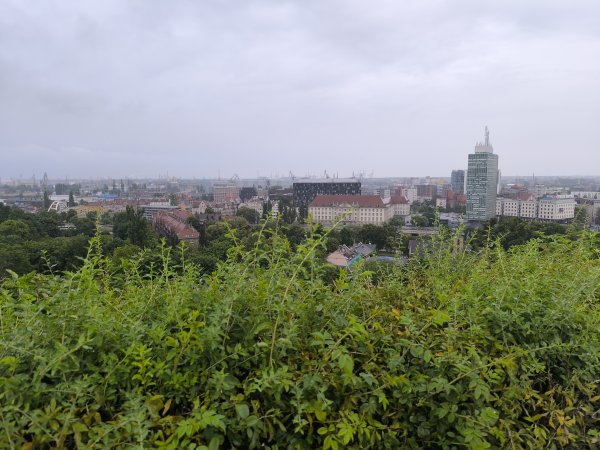
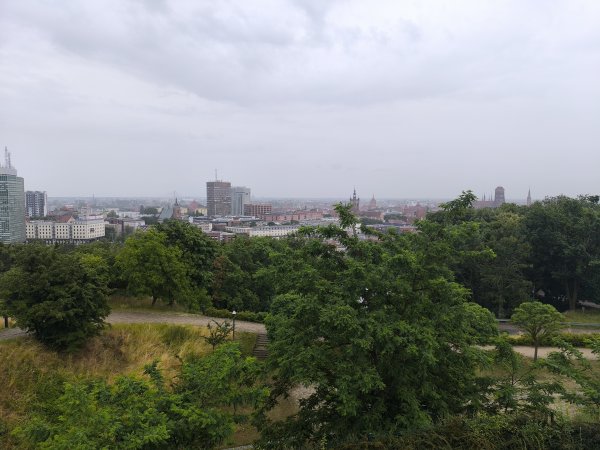
When I was standing there at the the hill’s cross, there was an overcast, so everything was foggy and gloomy, yet the view was really spectacular and amazed me. This was the moment when I realized that Gdańsk is such an inspiring place for me in Poland as Poznań was before.
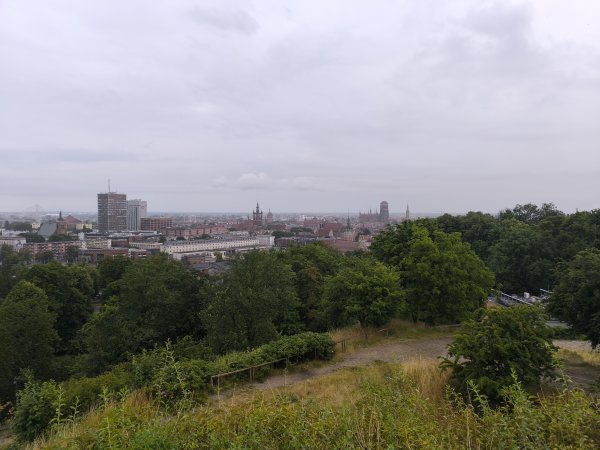
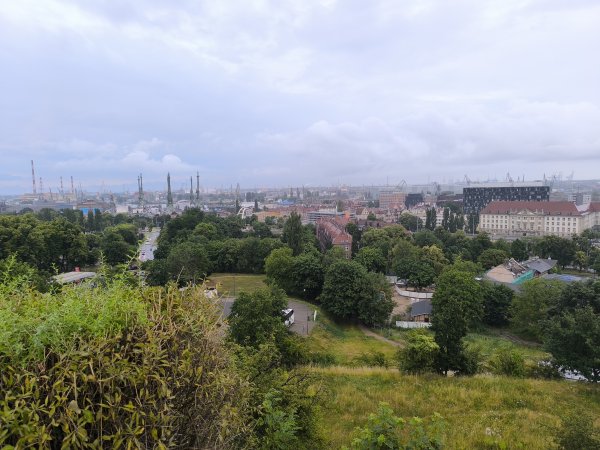
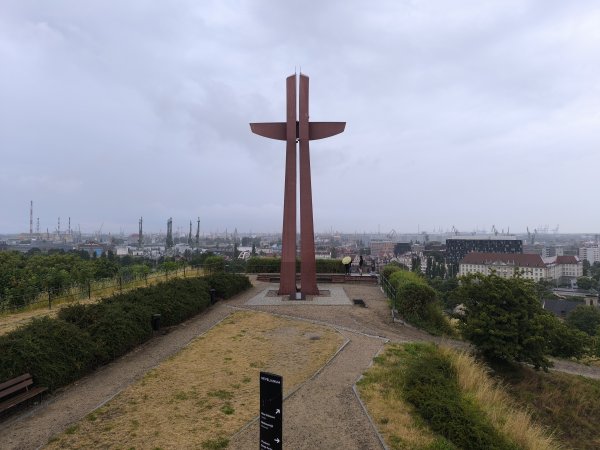
Although I was walking a lot in the city back and forth (for me this is the best way to dive into the local culture), there are other, special ways to discover the streets.
Of course, boat trip is an option as well, but the most unique sort of sightseeing in Gdańsk is to pay for a ride in an old timer car: I mean semi-open models back from the earliest days of car history, used until the end of the Second World War. There are many companies providing such services with replicas of such vintage vehicles.
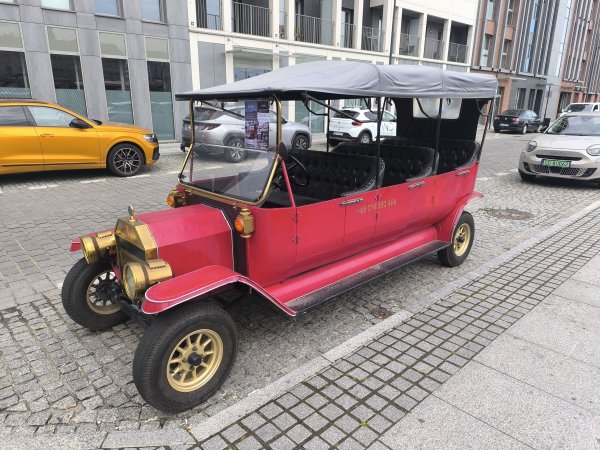

There is another sight relatively close to the railway station: namely, the statue of King John Sobieski III, the king who was also the most important military leader besides Eugene of Savoy and Charles of Lorraine in the war against Ottomans.
He thus played a significant role in the recapture of Buda and Middle-Hungary from the Turks and he is a legendary king whose character is included in Polish writer Sienkiewicz's Trilogy (By Fire and Sword, The Deluge, Colonel Wołodyjowski) as well.
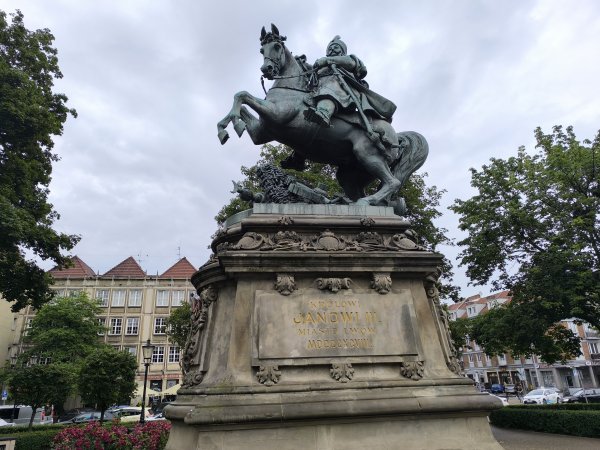
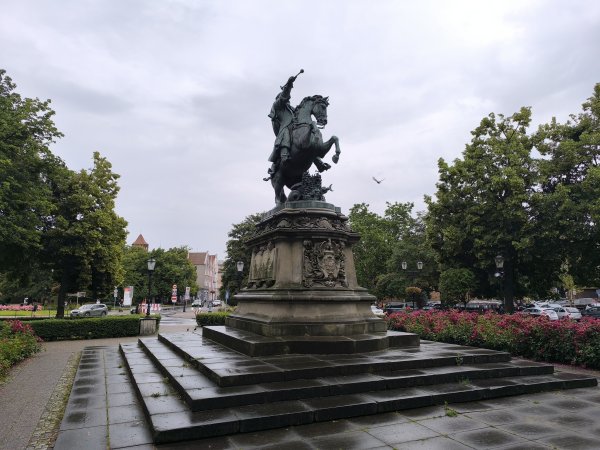
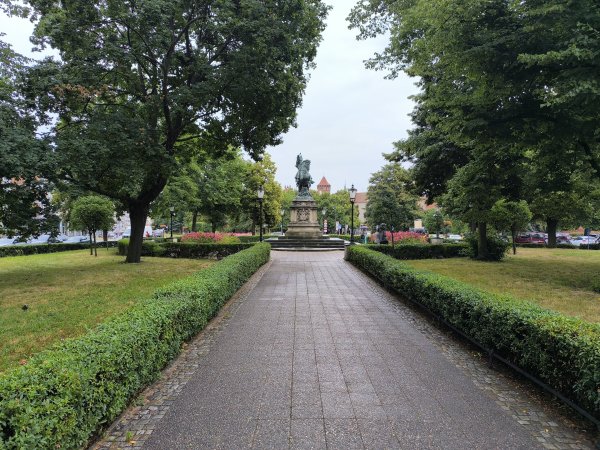
When you look at his horseman statue, you will see a mace in his hand, which is not by chance: the mace was the symbol of the hetmans (atamans): the chief military leaders of the Polish-Lithuanian Commonwealth.
It was not general that the king was always a hetman or voivode as well, but in the case of Sobieski, he was a hetman and military leader first, then became the king. It was possible due to the special nature of the Commonwealth, which was often referred to as 'the Republic of the Nobles' (in Polish: Rzeczpospolita).
It meant that the Polish throne was usually not inherited, but the king himself was elected from one of the noble families. A similar political system worked in Transylvania: that is why István Báthory, prince of Transylvania could be at the same time elected to be the king of Poland.
The institute of hetmans was later adopted by the Cossacks: think about the genious novel And Quite Flows the Don by Sholokhov, describing the twilight of of this hard Steppe life, in the shadow of the First World War and the Russian Civil War.
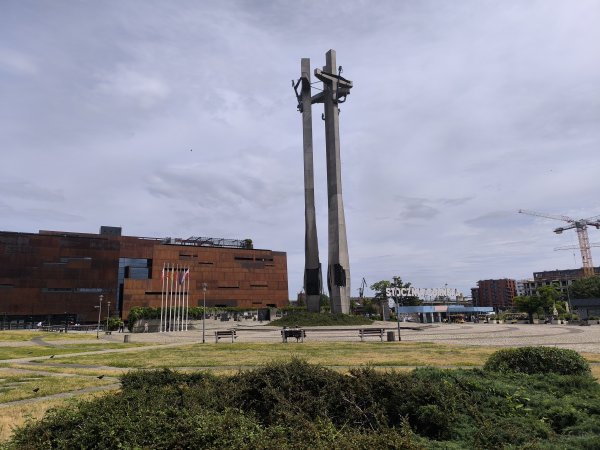
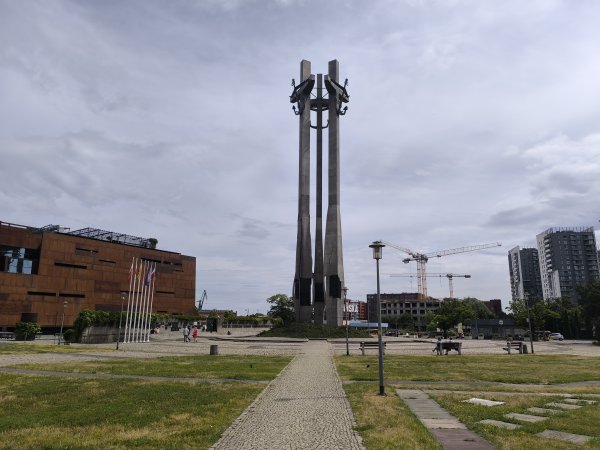
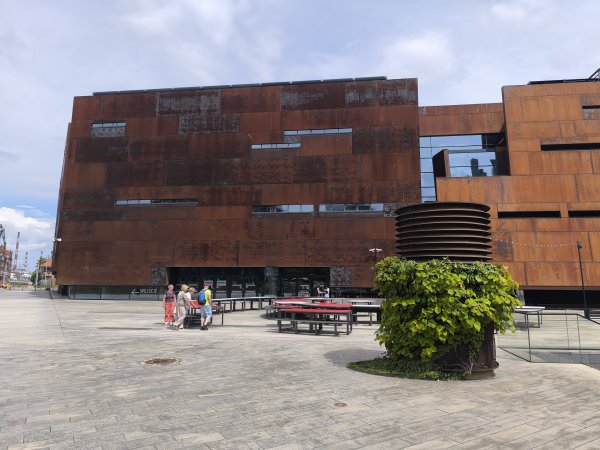
After this brief detour, let's get back to Gdańsk. As we are getting further from the city centre, we are also getting closer to modern history. The suburbs of the city, particularly the area of Stocznia Gdańska (Gdańsk Shipyard) has an outstanding role not only in the city, but also in the entire Polish history.
This is the place where shipyard workers led by political activist and worker Lech Wałęsa began to protest against the communist regime. After the movements there were stong retaliations by the state power and many protesters were imprisoned, tortured or discriminated.
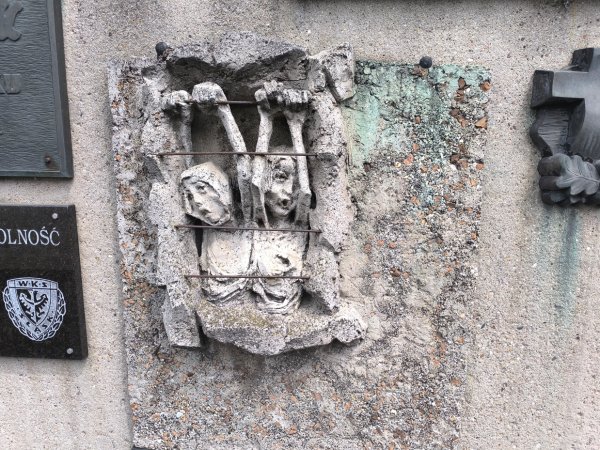
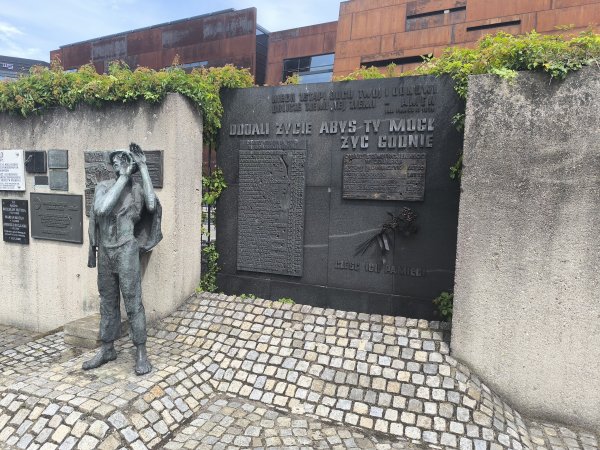
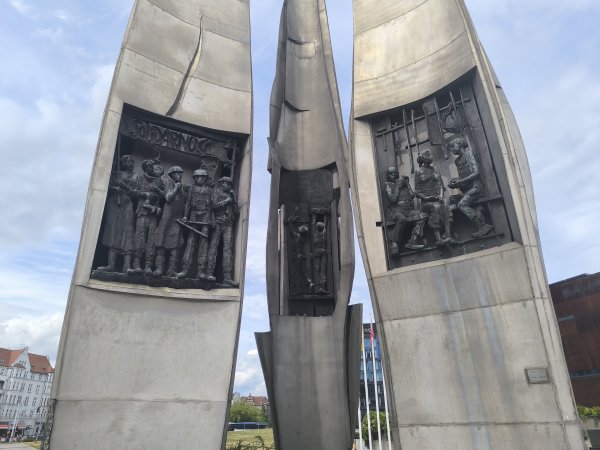
A martial law was introduced in the country that lasted for two years at the beginning of the 1980s, which first of all wanted to oppress Solidarity (Solidarność), the union movement of the workers that became illegal.
After the shift of the international environment and the end of the Cold War, Poland joined the democratic countries and Wałęsa became the first president of the country (he is by the way, in spite of being alive, also the namesake of the international airport of Gdańsk).
Nowadays the shipyard is a huge centre and museum dedicated to the political goals and legacy of the Solidarity movement, while there is a tall monument and many memorial plaquets and sculptures dedicated to the heroes and victims of those times.
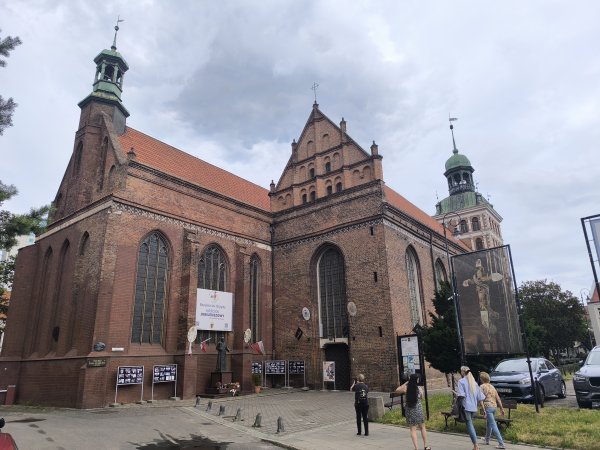

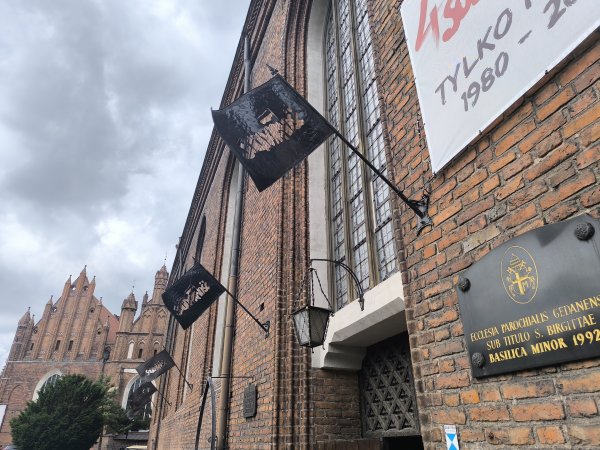
Another location, the Church of St. Bridget and the Roman Catholic Church in general played an important part in the survival of the Solidarity movement. Workers and other people sympathizing with the movement usually gathered in the church, which today has symbolic flags made of metal with the catchy and distinctive logo of Solidarity.
The strong collaboration between the union movement and the Roman Catholic Church remained even until today and in spite of the ideological differences on the surface, there have been a lot of issues they could work together in.
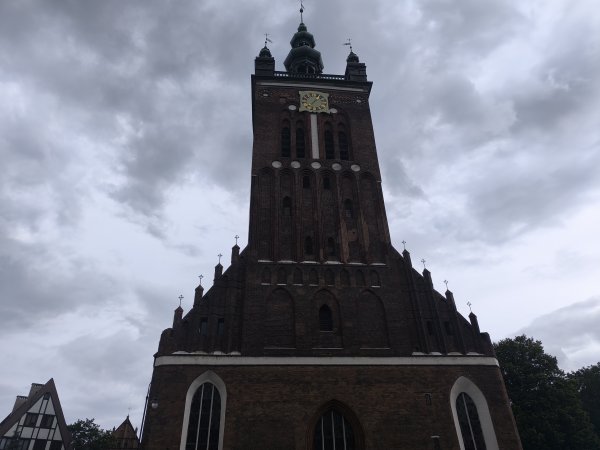
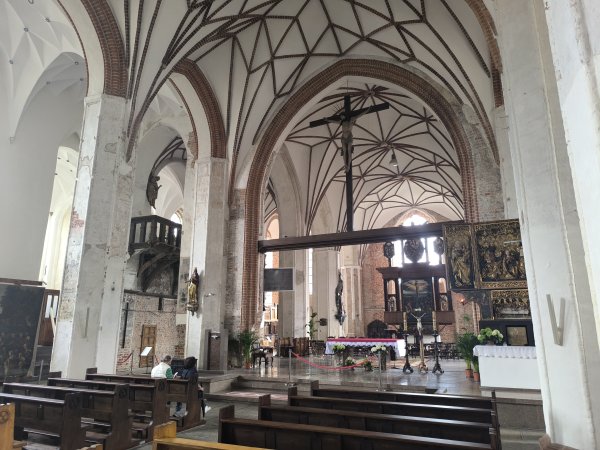
Besides the Roman Catholic Church, which have a very strong presence in Poland, of course, there are other branches of Christianity. For instance, Gdańsk has a Greek Catholic Church, and the interesting thing is that you can find a statue of Vladimir the Great, prince of Kiev.
Although Vladimir is canonized as a saint in the Eastern Orthodox Church, he was a very cruel leader who did everything in order to turn his people Christian.
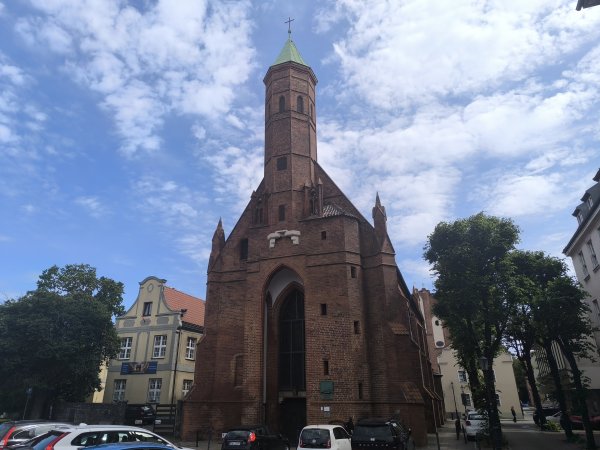

One fun fact is that he was the prince who first, after come to power, canonized the seven most important Slavic gods (Perun, Mokosh, Stribog, Dazhbog, Veles, etc.) and had idols erected for them - then, mainly for political reasons, it was also him who had the same pagan idols destroyed after having decided that Kievan Rus should be Christian.
According to the legend, when he was considering which religion to choose, he was thinking that Roman Catholic would be a mistake for the German influence; Jewish, because they lost Jerusalem and God thus left them and Islam, because Muslims are not allowed to eat pork and drink wine. Thus he had the Orthodox Church left, which amazed his ambassadors while visiting 'Tsargrad' (Constantinople).
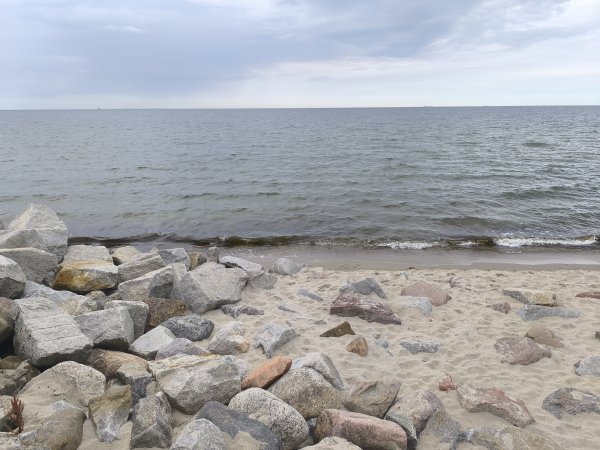

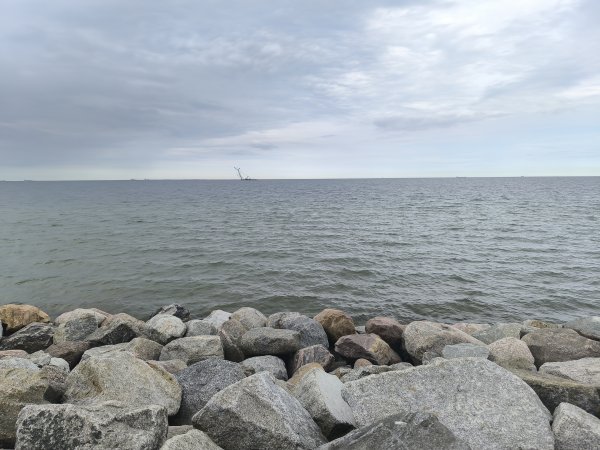
Well, more or less we have explored the city center of Gdańsk, so it is time to go to the sea! If you do not have a lot of time and just want to have a quick overview, you can go to Westerplatte by bus.
However, remember that it is not the most typical area for swimming and enjoying the beach and has nothing except the white sand, the sky, the waves, the dunes and the wind. If you ask me, maybe this is all you need, but it is also true that this part is a bit hidden, abandoned and also limited due to the industrial and military zones around.
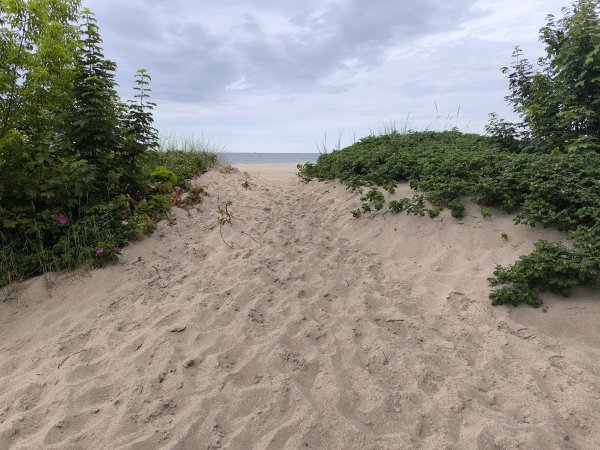

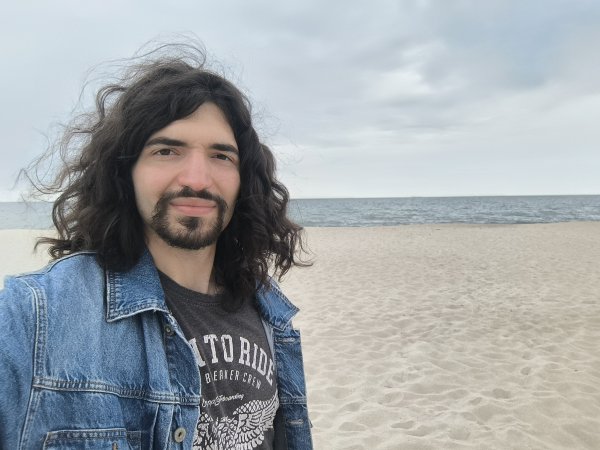
That is all I needed to say about my trip to Gdańsk, but the journey to Pomerania is far not finished yet. Join me next time, when we will go to two other important port cities, Sopot and Gdynia, and discover the treasures of the so-called Tricity!


